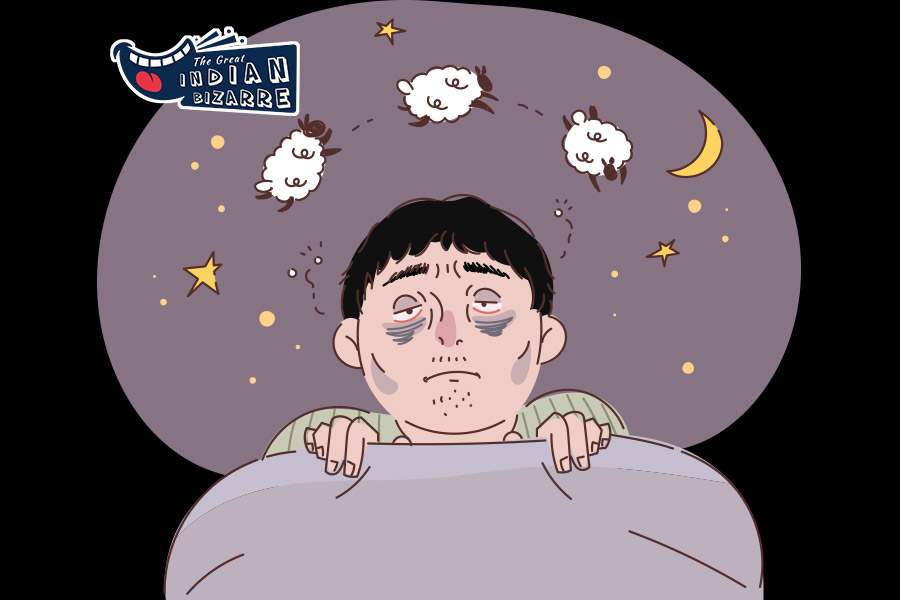Descending for the first time into the large, vaulted crypt of a centuries-old hospital in Milan, Italy, in 2019, Gaia Giordano grew overwhelmed. “You see a floor of bone, full of bones,” said Giordano, a graduate student at the University of Milan.
In the 1600s, the crypt served as a subterranean potter’s field for thousands of poor Milanese who had sought help at the Ca’ Granda hospital. From that ancient burial ground, Giordano uncovered a surprising twist in the history of the European drug trade.
After analysing the skulls and brain tissue of nine people who were buried there in the mid-1600s, Giordano and her collaborators found that two had most likely been using cocaine. The findings, reported in the Journal of Archaeological Science, offer the earliest evidence of cocaine use in Europe — some 200 years before a German chemist isolated the drug from the coca plant. The findings suggest that the people of Milan had access to the coca leaves that ancient South American civilisations had long used as a pain reliever, energy booster and appetite suppressant.
“We have evidence of coca leaves being used thousands of years ago,” said Christine VanPool, an anthropologist at the University of Missouri, US. No one knows exactly how or when coca reached Europe. But VanPool believes that Spanish colonisers in South America may have been attracted to its analgesic properties.
“I could imagine that scenario where someone got it through just being really sick and seeking help,” she said in an interview. That ailing Spaniard might have realised, “Wow, that’s good medicine,” VanPool said.
Benjamin Breen, a historian at the University of California, Santa Cruz, US, agreed that coca was probably marketed to Europeans as a novel medical product. “Some coca leaves would have made their way across the Atlantic as a curiosity,” Breen said. Perhaps the leaves were shipped back to Europe by an apothecary or a physician.
And Milan, as an epicentre of trade, may have received coca earlier than other European cities.
Breen said that he initially doubted Giordano’s findings. But his scepticism was dispelled after he consulted chronicles left behind by 16th-century European voyagers to the New World. The writings of Spanish missionary José de Acosta, for example, mentioned the cultivation of coca leaves. The missionary observed that chewing coca leaves “works with great force and gives encouragement to the Indians”.
The Ca’ Granda crypt includes some 2.9 million bones distributed among 14 brick-lined chambers. Giordano said that “ethical, technical and timing constraints” limited the remains she and her team could study. And humid conditions caused bone to decay, said Cristina Cattaneo, who directs LABANOF, an anthropology laboratory at the University of Milan. She helped guide Giordano’s investigation along with Domenico Di Candia, a forensic toxicologist in Milan.
The remains of two people showed evidence of cocaine ingestion. The specimens were turned into powder, which was analysed using a spectrometer for the compounds it contained. The method is “highly sensitive and accurate”, said Barbara Huber, who is
an archaeochemist at the Max Planck Institute of Geoanthropology in Germany.
One of the cocaine users was a man aged between 30 and 45 who had suffered from syphilis. The age, sex and ailment of the other person proved impossible to determine, the researchers said. Nor could they say why the two people took to chewing coca leaves.
They “could have consumed the plant as a medicinal remedy at the hospital”, Giordano and her colleagues wrote in the paper. But they could have just as easily taken it recreationally.
Hospital records did not show any evidence suggesting that coca leaves were administered by doctors there. In contrast, an earlier study by Giordano’s team found that products from the opium poppy plant were “actively used as a medical treatment” at Ca’ Granda as early as 1558. In Cattaneo’s view, that suggests the coca plant was not an official remedy but instead “something lurking among the population”.
NYTNS











